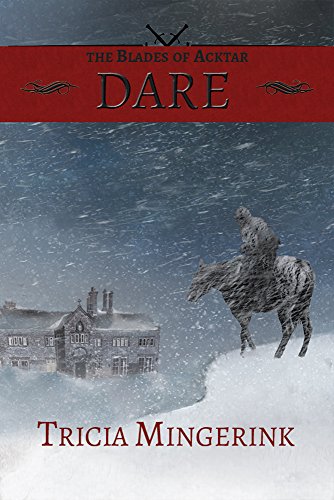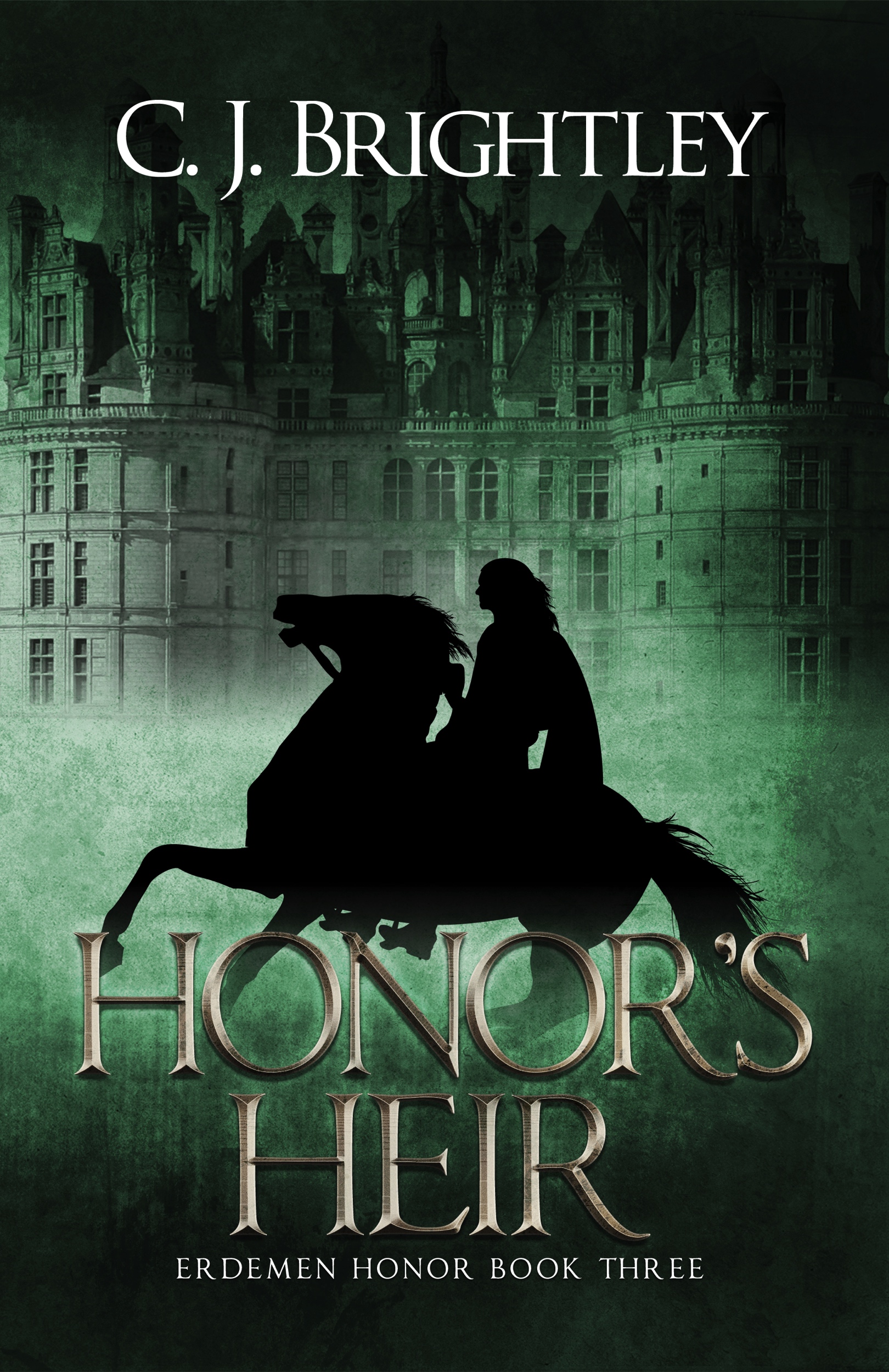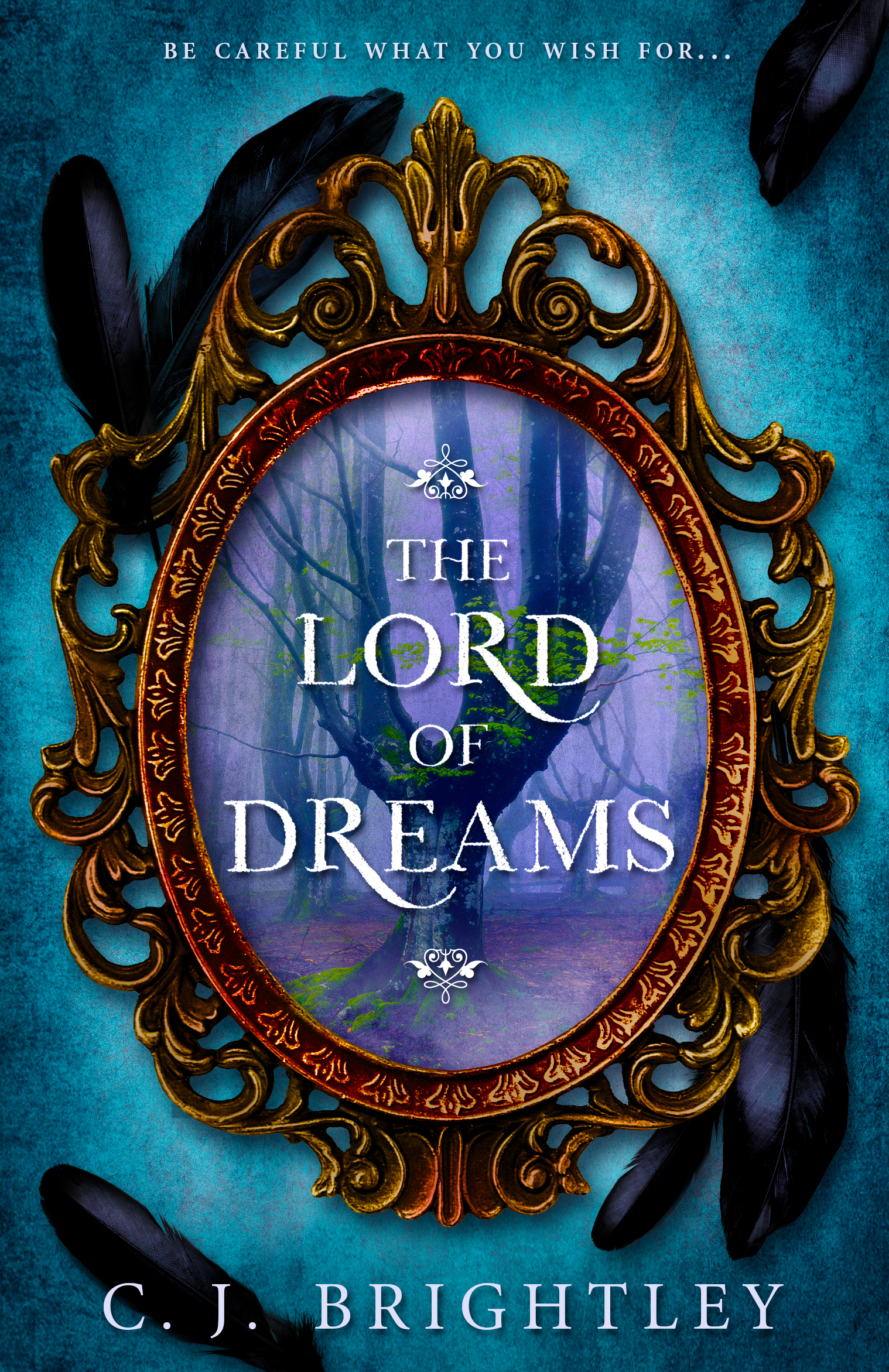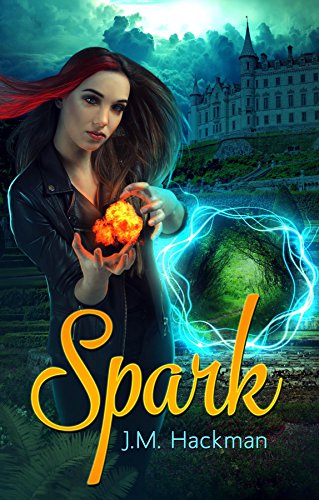It’s said that “A good friend will help you move, but a true friend will help you move a body” (Steven J. Daniels, Weeds in the Garden of Love). Disposing of a body may require help, but I also imagine it requires a certain amount of finesse in order to get away with it. Rather like disposing of villains. It can be a tricky thing for authors. Beauty and the Beast would have a totally different feel if Beast stuck a knife in Gaston and turned to Cogsworth and shouted “One! Top that you overgrown clock!” rather than Gaston falling to his death while trying to kill Beast. An off-screen death by falling, or the oft-used “villain falls on his own blade,” is better suited to the fairy tale or light-hearted story. Yet Éowyn’s stabbing of the lord of the Nazgûl is a glorious moment in Tolkien’s The Return of the King. Darth Vader throwing the Emperor to his death, and bringing about his own demise in the process, is bittersweet, with the destruction of one villain and the redemption of another. Or you might say, the destruction of two villains, with one being redeemed.
How you choose to dispose of a villain, whether by off-screen death, dramatized death, or redemption, depends in part on the tone of the story and on the character you’ve developed. No one wants the Emperor or Sauron to be redeemed, but we’re satisfied and happy in a way when Darth Vader dies saving Luke. Obviously, there are different types of villains and different reader reactions to them. Readers want justice and want redemption. Or in the case of Frodo and the willow tree in The Fellowship of the Ring, we simply want the hero safely away, but generally, we want either justice or redemption, or both. This was driven home to me as I was working on my lengthy novel To Catch a Magic Thief. Initially, it had one villain—the magic thief. But then I fell in love with him, as I am wont to do with my villains. This falling in love with the villain has happened three times with the same three results: I decided to write a story to redeem the villain; I made the villain less villainous in the story where I met him; I added at least one other villain. I admit that making the villain less villainous is cheating a bit, but for the stories I write, it’s best not to have too dark a character as my next hero. Obviously, this tendency has expanded my story supply, but, even more importantly, it has added depth to my stories. In order to make the stories work, I had to work harder on developing my “redeemable” villain/future hero and dig deeper into the story world to create other villains, who, consequently, were better developed as well.
For To Catch a Magic Thief (spoiler alert), I ended up with a mysterious, troubled man everyone loves but fears might be the magic thief; the real thief, a rather pathetic but talented man who serves as a foil for the hero and his struggles; an evil, conflicted man with a tragic history we want redeemed; and an evil sorcerer who plays the role of the completely unsympathetic archvillain we want destroyed, period. As I thought about my larger-than-intended cast of characters, it occurred to me that having different kinds of villains is quite common. Think of Lord of the Rings or Star Wars, or even a movie like The Black Panther. We have archvillains like Sauron and the Emperor. They are unsympathetic and we don’t want them redeemed, don’t see how they could be. Ulysses Klaue in The Black Panther fits in the unsympathetic villain category. Where these are concerned, we want justice. There are also nameless soldiers, the stupid minions, and the briefly seen antagonists unique to the story world, like the willow tree that tries to kill Frodo in LOTR. Their death or survival doesn’t move us much, if at all. The hero’s escape from them is often sufficient.
Then there’s Darth Vader and Gollum and even The Black Panther’s Erik Killmonger. We know a bit of the history of these characters. We see what influenced the bad choices they made. We may or may not want them redeemed in the end, but we’ll wonder if they will be. So what is it about these latter character that makes us in favor of their redemption, or conflicted about them? How do authors create such characters?
After looking at my own stories and many others, I noticed four character or story traits common to likable villains. These are love, tragedy and empathy, goodness and likability, and multiple enemies. Here’s what I mean by each:
1. Love Go ahead and sing “what the book needs now is love” if you want, but it’s true. This is, I think, the most significant factor. If the villain loves someone strongly, or is loved by a character we care for, that affection transfers to us on the villain’s behalf. Luke Skywalker loves his father, and we want Darth Vader redeemed. Thor loves his brother, and we love Loki because of that (or that’s a factor in our love for him). The Phantom of the Opera loves Christine, and we are conflicted about his fate (the “love” does not always have to be a healthy, selfless love to work). The villain who has a great respect for the hero, though their goals conflict, also gains reader sympathy. It doesn’t always have to be the hero/heroine who cares for the villain, or vice versa, however. In Anthony Hope’s The Prisoner of Zenda, Black Michael has his brother, the crown prince, kidnapped and thrown into the dungeons of Zenda. With his brother out of the way, Michael plans to cast off his mistress to pursue a more politically advantageous match with Princess Flavia. As a result, his heartbroken mistress helps the protagonist rescue the prince. Because of her tragic history and efforts to help the protagonist, we like her and sympathize with her. So when Michael is wounded trying to save her from the advances of the thoroughly evil Rupert of Henzau, we feel for Michael and don’t want him to die. He’s loved by someone we care for and he loves her—though imperfectly—in return. We also have another villain to seek retribution from—Rupert of Henzau.
2. Tragedy and Empathy A powerful way to get the reader to care for the villain is to emphasize his humanness and past struggles, to arouse empathy. Perhaps she was abused as a child or he lost the love of his life, or was never loved. The Phantom of the Opera was deformed, abused, and unloved, and Christine pitied him. The reader pities him. Mayhap the villain has suffered severely for his previous or current evil choices. Gollum barely retains his humanness due to his desire for the ring; Bilbo and Frodo pity him. More than that, they fear what may happen to them as ring-bearers; they want Gollum redeemed as a sign of hope for themselves. This leads to another point—the villain has done something we or the protagonist can relate to or fear will happen to us. As a warning though, it’s not enough to merely give any character a tragic past to make him or her likable. This goes for a villain or for a heroine with a major change arc. It can feel tacked on if not developed properly. I’ve read, or started to read, more than one story that relied on a character’s history of being abused to make them sympathetic and yet it didn’t work. It didn’t feel organic to the story, or it simply wasn’t enough to balance the character’s entirely selfish nature or other flaws. On the other hand, the Phantom’s tragic past is central to the story, not simply a plea for sympathy, and works well.
3. Goodness and Likability There are often two types of villains, wonderfully illustrated in the world of romance novels: the completely disgusting or the supremely attractive. The former is twice as old the heroine, fat, and ugly with bad breath and a hairy mole. The other is so seductively handsome we automatically don’t trust him. We don’t have to have such extremes, but it illustrates the influence of personal likability apart from the evil the character commits. In other words, giving the villain positive characteristics helps drag the balance of good versus evil close enough to even to make them “likable despite.” There are many ways to do this. I’ve listed some of the more common ones below. The villain is more likable if the villain is…
- Moral aside from one aspect. He loves his son, would never hurt a woman, fights fair, treats opponents with honor, has limits on what he’ll do (he won’t murder or she won’t kidnap a child, for instance), etc.
- Loyal and passionate. He is loyal to his family or passionate about his cause.
- Extremely talented. We tend to respect and admire talent, even if it is used wrongly.
- Sauvé, debonair, handsome, likably quirky, witty, etc. The Master in the old Dr. Who series was always immaculately groomed and neatly dressed, as well as talented; I always liked him. He was also…
- A talent-match for the hero/heroine. Like Sherlock’s Moriarty.
- A strong leader.
- Someone once highly respected or kind or who was a friend or mentor. This would be Saruman in LOTR or Maleficent in Maleficent.
- Conflicted about doing wrong.
- Does or has done the hero or heroine a good turn.
- Wants something good, though tries to get it in the wrong way.
4. Multiple Enemies: The mutual and the bigger Everyone loves it when Loki joins forces with Thor to fight a bigger enemy, or when the elves and dwarves in The Hobbit cease to be enemies and fight together against the goblins, or when the Master helps the Doctor defeat a bigger enemy, or when… You get the idea. We already kinda like the antagonist for the reasons mentioned above, but this really cements it. Also, giving the reader another outlet for dislike and the desire for justice works well. In The Prisoner of Zenda, Black Michael, the original villain, soon pales in comparison to the utterly depraved Rupert of Henzau. Rupert becomes the focus of our enmity, leaving room for pity when Black Michael dies for his mistress. Interestingly, stories with two major villains often end with one killing the other. Rupert kills Black Michael, Erik Killmonger disposes of Ulysses Klaue, and Darth Vader destroys the Emperor.
Best Used Together
There are many ways to create sympathy for a character, and many are best used in conjunction with one another. To illustrate how you might use these traits, let’s look at three villains. Note: most of my examples have used major characters, but you can do this with minor characters as well.
The Phantom of the Opera—he’s a murderer, kidnapper, and obsessive stalker. But…he loves Christine, he does her a good turn (tutors her in singing and gets her a chance to sing, albeit by dubious means), has a tragic past, is deformed and unloved, is talented (he’s musically gifted and built the labyrinth under the opera house), and Christine is conflicted about him—frightened by, sympathetic toward, and grateful to him. The reader is also conflicted.
Guy Fawkes (in Nadine Brandes’s fantastic fantasy retelling Fawkes)—he plans to murder a king and hundreds of parliament members and kidnap the king’s daughter. He also abandoned his son when he learned Thomas had the stone plague. But…he’s loved by the book’s main characters, his son Thomas; he’s brave; he’s a talented soldier and wielder of color power; he’s a loyal friend and, eventually, a loyal father; he’s passionate about his cause of saving Keepers; there is a nobleness to his cause. Consequently, we love him and may actually cry when he dies (I don’t want to spoil anything by saying if he’s redeemed or not). As for the other plotters, one we want dead because he’s a cold blooded killer and adulterer, and his passion for the plot, while strong, isn’t born of a noble desire, but another plotter we want saved because he’s generally kind, talented, and is a friend to Thomas.
Maleficent—she seeks revenge, curses an innocent baby, and turns her kingdom into a dark one. But…she was once beautiful and innocent; she was betrayed; she loses something extremely valuable to her (her wings); there is another villain in King Stefan to dislike; she’s powerful; she does good to Aurora and shows remorse for her curse. We want her redeemed.
So if you ever need to dispose of a villain by redemption, I hope you find these tools helpful.
| Author Bio | E.J. Kitchens loves tales of romance, adventure, and happily-ever-afters and strives to write such tales herself. When she’s not thinking about dashing heroes or how awesome bacteria are—she is a microbiologist after all—she’s taking photos, ballroom dancing, or talking about classic books and black-and-white movies. She is the author of the historical fantasy series The Magic Collectors (The Rose and the Wand and To Catch a Magic Thief) and the short stories “How to Hide a Prince” (Tales of Ever After), “A Spell’s End” (Encircled), and “The Seventh Crown.” |





One thought on “What the Villain Needs: How to make a villain readers want redeemed”
Truly is it said: to destroy an enemy, make them your friend.
Thanks for the tips! I admit I find myself instinctively heading for the ‘hoist with his own petard’ method of dealing with villains in the last chapter, but one does not wish to become predictable…